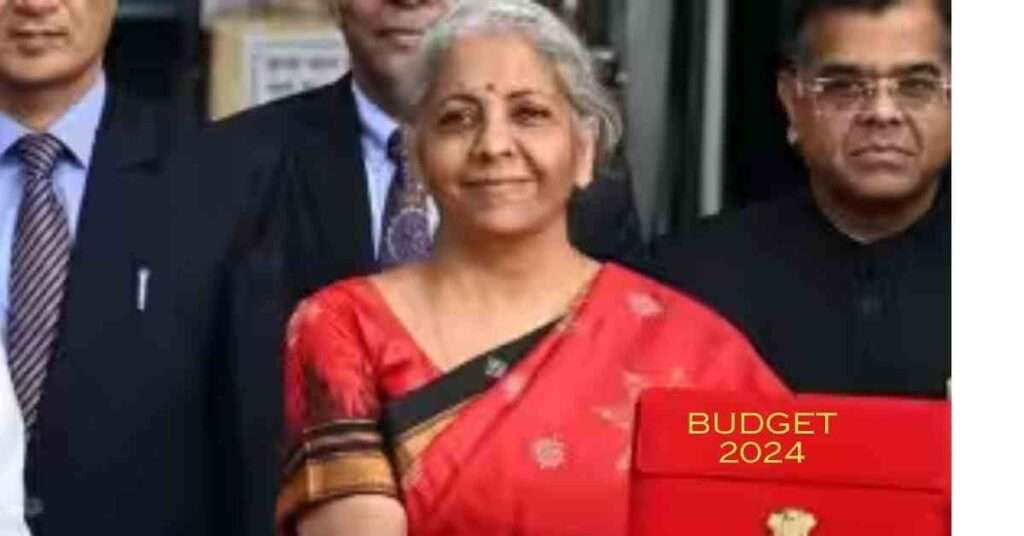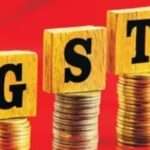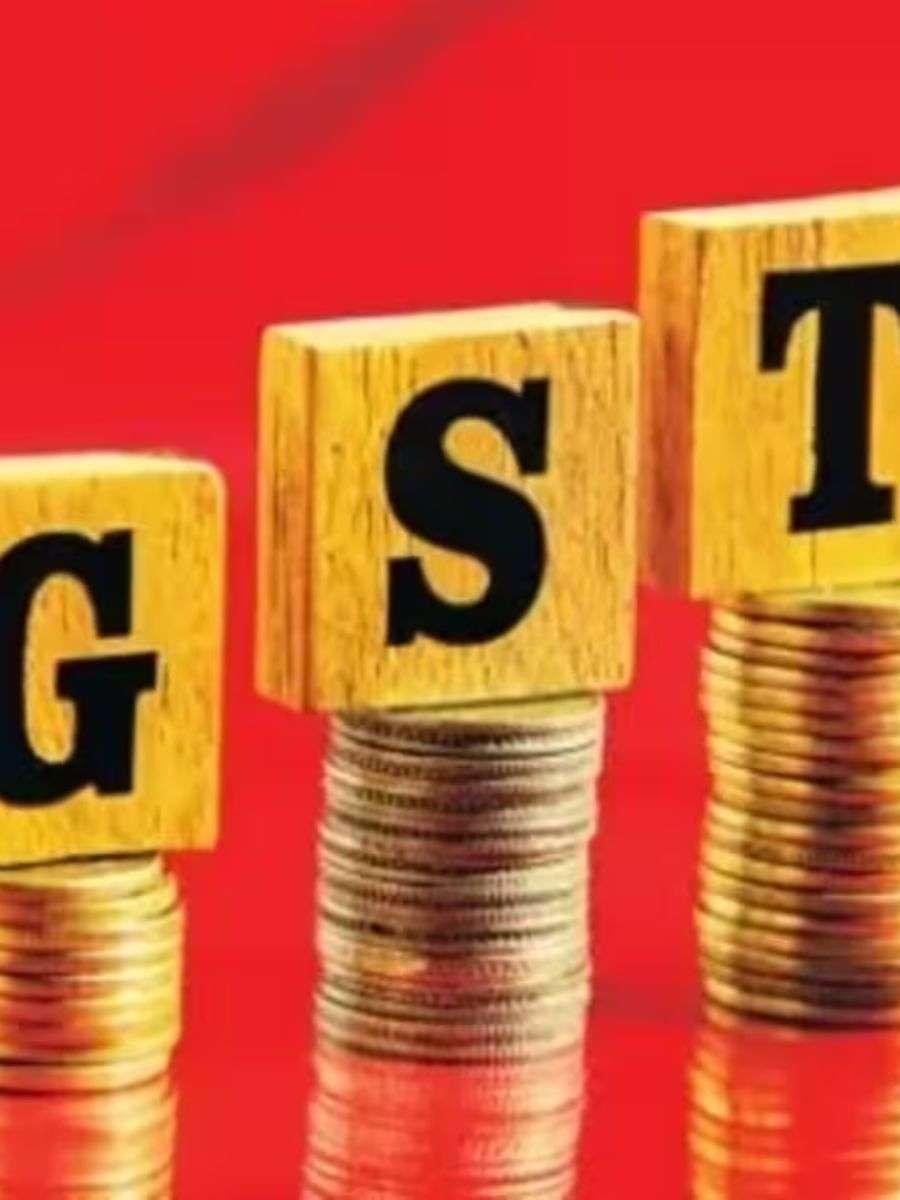Review:
Explore the significant highlights of Budget 2024, covering income tax, infrastructure, railways, EVs, and more. Get insights into Finance Minister Sitharaman’s speech and the key features shaping India’s economic landscape.

Introduction
In a crucial move for the fiscal year 2024-25, Finance Minister Nirmala Sitharaman presented the Interim Union Budget 2024, providing insights into the government’s priorities. This article delves into the 14 key highlights, ranging from income tax to green energy, unveiling the roadmap for India’s economic trajectory.
The Sixth Budget 2024 Presentation
This marks the sixth budget presented by the current Finance Minister and the final one of Prime Minister Narendra Modi’s second term. Anticipation surrounds the full budget 2024 scheduled for July post the Lok Sabha Elections, revealing the government’s comprehensive plans.
Focus Areas: Fiscal Consolidation and Infrastructure
The budget 2024 strategically targets fiscal consolidation, emphasizing infrastructure, agriculture, green growth, and railways. Despite no alterations in tax rates, the announcement disappoints salaried individuals. The Fiscal Deficit target for FY25 impressively stands at 5.1 percent of GDP, coupled with a revised FY24 target of 5.8 percent. The capex target of FY25 surged by 11.1 percent to Rs. 11.1 lakh crore.
Positive Economic Transformation
Finance Minister Sitharaman highlighted India’s positive economic transformation over the past decade. With a focus on Sabka Saath, Sabka Vikaas, the government successfully overcame challenges in 2014, instilling hope for the future.
Key Features and Industry Perspectives
Pradeep Gupta, Co-founder & Vice-chairman, Anand Rathi Group, emphasizes the budget’s commitment to domestic macro factors, sustaining investments in infrastructure, agriculture, domestic tourism, and fiscal responsibility. Key features include a spotlight on infrastructure, tourism, logistics, and innovation in research, ensuring continuous sustainable growth.
14 Key Highlights of Budget 2024
Income Tax
Finance Minister Sitharaman declared no changes in tax rates, providing stability. Despite the status quo, tax collections witnessed a significant doubling over the last decade. Notably, the average processing time for tax returns reduced to a commendable 10 days this year.
Industry Insights and Personal Experiences
As an expert in the financial sector, witnessing the positive impact of stable tax rates and reduced processing times enhances confidence in the government’s economic management. The commitment to fiscal responsibility aligns with expectations, making India an attractive prospect for foreign investors.
Development of Infrastructure
The FM indicated that the capital expenditure outlay for the next year would rise by 11.1 percent to 11.11 lakh crore, building on the unprecedented doubling of the expenditures in the previous four years, which has had a major multiplier effect on economic development and job creation. This amounts to 3.4 percent of GDP.
In order to improve passenger comfort, convenience, and safety, 40,000 standard train bogies would be upgraded to Vande Bharat, according to Railways FM Sitharaman. Major rail infrastructure initiatives, like as Namo Bharat and Metro Rail, will be extended to more cities.
The port connection corridor, the energy, mineral, and cement corridor, and the high traffic density corridor are the other three significant railway lines that were announced.
Decongestion of the resulting heavy-traffic lanes will also aid in enhancing passenger train operations, resulting in increased travel speed and safety for passengers.
These three economic corridor initiatives, in conjunction with freight-only lanes, would lower logistical costs and boost GDP growth, according to Sitharaman.
“The FM said that over 40,000 additional rail bogies would be converted to Vande Bharat coaches after the success of the Vande Bharat trains. According to Sanjay Moorjani, Research Analyst at SAMCO Securities, “this will further create job opportunities while reducing travel time as well as increasing tourism across the country.”
Congestion on current lines, mostly in the country’s east, may be eased by the creation of economic rail lanes tailored to certain commodities, according to CRISIL. Faster freight movement and turnaround times are encouraged by this, which could also help India cut its logistics costs from 12% of GDP and increase its competitiveness relative to its counterparts, particularly in manufacturing.
The “Lakhpati Didi” Program
FM said that nine crore women and eighty-three lakh SHGs (self-help groups) are changing the socioeconomic landscape of rural areas via empowerment and independence. Almost one crore women have already benefited from their achievement by becoming “Lakhpati Didis.” Encouraged by the outcome, the goal for “Lakhpati Didi” has been increased from 2 crore to 3 crore.
“The Lakhpati Didi Scheme has been a remarkable success, reaching 83 lakh self-help groups and helping 9 crore women, with the goal of empowering two crore women in rural. This project, which would provide Rs. 1 lakh per home for a total of one crore people, has the potential to greatly improve the economic standing of rural women. According to Veer Trivedi, Research Analyst at SAMCO Securities, “This empowerment not only boosts the rural economy but also increases the demand for microfinance from women and self-help groups, potentially reducing stress on asset quality issues.”
Power
Ten million homes will be able to get up to 300 units of free power per month via roof-top solarization. According to FM Nirmala Sitharaman, this plan reflects the Prime Minister’s determination on the historic day of the Shri Ram Mandir’s dedication in Ayodhya. According to Sitharaman, householders would be able to save up to Rs. 15,000–18,000 a year by taking advantage of free solar power and selling the excess to distribution firms.
Green Power
In an effort to reach the goal of “net zero” by 2070, the following actions were declared.
a. Funding for the viability gap will be given in order to use offshore wind energy potential up to a gigawatt in initial capacity.
b. By 2030, a 100 MT coal gasification and liquefaction capacity will be established. Additionally, this will lessen the need to import ammonia, methanol, and natural gas.
c. It will be necessary to gradually combine compressed biogas (CBG) into piped natural gas (PNG) for home use and compressed natural gas (CNG) for transportation.
d. To facilitate collecting, financial help will be given for the purchase of biomass aggregation equipment.
Electric cars
According to the finance minister, the government would boost infrastructure for EV production and charging in order to grow and fortify the EV ecosystem. Through payment security methods, a greater uptake of e-buses for public transportation networks would be promoted, she said.
“With 6,586 stations registered by March 2023, the paucity of public charging stations is the primary obstacle to the adoption of electric and hybrid vehicles. The Indian government’s 2024–25 Union Budget 2024 proposes a forward-thinking solution to solve this issue. With a concentrated investment on increasing the number of charging stations, it seeks to significantly broaden and incentivize the ecosystem for electric vehicles. According to Kartik Narayan, CEO of Staffing, TeamLease Services, “This initiative is a cornerstone in transforming India’s EV landscape, overcoming range anxiety, and promoting electric vehicles as a viable, sustainable transport solution for the future.”
States will be urged to pursue complete branding and worldwide marketing development for famous tourism destinations, according to a report by Tourism FM. There will be a system of ratings depending on how well-maintained the facilities and services are. States will be given long-term, interest-free loans to help fund these initiatives. On all of our islands, including Lakshadweep, projects pertaining to port connection, tourist infrastructure, and amenities will be undertaken. Additionally, this would aid in creating jobs, according to FM Sitharaman.
Encouraging financial involvement
A golden period was marked by the $596 billion in FDI influx between 2014 and 2023. That amounts to double the influx from 2005 to 2014. In keeping with the principle of “first develop India,” the government is negotiating bilateral investment treaties with international partners to promote sustained foreign investment, the FM said in her address.
Technology
Businesses and people’s lives are altering as a result of new era technology and data. According to FM Sitharaman, they are also making it possible for new economic possibilities to arise and for everyone, including those at the “bottom of the pyramid,” to get high-quality services at reasonable costs.
She said that a fifty-year interest-free loan would be used to build a corpus of one lakh crore rupees. extended-term financing or refinancing with extended tenors and low or no interest rates will be made available by the corpus. The private sector will be encouraged to greatly increase research and innovation in sunrise fields as a result.
“We need to have programs that combine the powers of our youth and technology,” she said.
The FM also announced the introduction of a new program aimed at advancing “atmanirbharta” and bolstering deep-tech defense capabilities.
“The IT industry and emerging sectors can be considered as indispensable beneficiaries of the 50-year interest-free loan with a corpus of Rs. 1 lakh crore.” In the next ten years, the financing is expected to strengthen research and inventions, strengthening India’s standing as a worldwide leader in technology, according to SKI Capital Director Manick Wadhwa.
Bharat Ayushman
Finance Minister Sitharaman said that all Anganwadi and Asha workers will henceforth be covered under Ayushman Bharat. She also said that a single, all-inclusive plan would replace all maternity and child healthcare programs.
Yojana PM Awas
Notwithstanding COVID-related obstacles, PM Awas Yojana (Grameen) implementation proceeded, and the center is almost at the three crore housing objective. According to Sitharaman, two crore additional homes would be built over the course of the next five years to accommodate the demand brought on by the rise in the number of families.
“The Pradhan Mantri Awas Yojana (Urban) Mission, which was introduced on June 25, 2015, aims to guarantee housing for everyone. By March 2024, the government planned to build 3 crore pucca dwellings; the finance minister said in the address that they were getting closer to this target. A further commitment to building two crore more residences over the following five years is shown by this proposal. According to Veer Trivedi, research analyst at SAMCO Securities, “this increased focus on PMAY is expected to trigger increased investments and heightened activity in the construction sector, with multiplier effects on Housing Finance, Cement, Steel, and Paints industries, reflecting a significant positive impact across various sectors.”
The primary goal of MSME policy is to teach MSMEs so they can compete on a global scale, and supporting their expansion will be crucial. According to FM Sitharaman, the government would get the banking sector ready to satisfy the investment demands.
The creation of 3,000 new Industrial Training Institutes (ITIs), the goal of the Skill India Mission to train 1.4 crore youth, and the upskilling and reskilling of 54 lakh youth are all critical steps in supporting the PLI and Made in India initiatives. According to Kartik Narayan, CEO of Staffing at TeamLease Services, “this all-encompassing strategy is crucial to increasing the manufacturing sector’s GDP contribution from 17 percent to 25 percent by 2047, thereby creating numerous job opportunities.”
Producing and preparing food
FM said that more would be done to increase farmers’ incomes and add value to the agriculture industry. 38 lakh farmers have benefited from the Pradhan Mantri Kisan Sampada Yojana, which has also created 10 lakh jobs. Formalization of Micro Food Processing Enterprises under Pradhan Mantri Yojana has helped sixty thousand people and 2.4 lakh Self-Help Groups establish credit connections. In addition, there are other programs aimed at lowering postharvest losses and raising incomes and productivity.
She said that in order to guarantee the industry grows more quickly, the government would encourage both public and private investment in post-harvest operations such as aggregation, contemporary storage, effective supply chains, primary and secondary processing, marketing, and branding.
The fiscal deficit and further important figures
- A fiscal deficit goal of 5.1% of GDP for FY25.
- The FY Budget 2024 Key Highlights: Income tax, infra, railways, EVs and more – 15 key takeaways from FM Sitharaman’s speech deficit objective was changed from 5.9 percent of GDP to 5.8% of GDP.
- As of December, the fiscal deficit for the first nine months of FY24 was Rs 9.82 lakh crore, or 55% of the yearly forecasts.
Rs. 1.1 lakh crore, an increase of 11.1 percent, is the capital expenditure for FY25. - Rs. 30.80 lakh crore is the anticipated total expenditure for FY25. Rs. 44.90 lakh crore is the updated estimate of total spending for FY24.
- With Rs. 30.03 lakh crore in revenue revenues for FY24, it is anticipated that they would surpass the Budget forecast, indicating robust economic growth and formalization.
Rs.14.13 lakh crore is the estimated total market borrowing for FY25; Rs11.75 lakh crore is the estimated net borrowing.
The objective for FY25 gross tax receipts is Rs. 26.02 lakh crore.
FAQs (Frequently Asked Questions)
Q: Are there any changes in income tax rates?
A: No, Finance Minister Sitharaman announced no changes in income tax rates, providing stability for taxpayers.
Q: What is the Fiscal Deficit target for FY25?
A: The Fiscal Deficit target for FY25 is set at an impressive 5.1 percent of the GDP, showcasing prudent financial planning.
Q: What sectors does the budget focus on?
A: The budget emphasizes infrastructure, agriculture, green growth, railways, tourism, logistics, and innovation in research.
Q: Why is there no alteration in tax rates disappointing?
A: Salaried individuals anticipated changes in tax rates; however, the government maintained the status quo.
Q: What is the capex target for FY25?
A: The capex target for FY25 increased by 11.1 percent to Rs. 11.1 lakh crore, reflecting a commitment to robust economic development.
Q: How has India’s economy transformed in the last decade?
A: Finance Minister Sitharaman highlighted a positive transformation, overcoming challenges with the mantra of Sabka Saath, Sabka Vikaas.
Conclusion
Budget 2024 unfolds as a strategic roadmap, balancing fiscal responsibility, and sustained investments for economic growth. As India stands at the cusp of transformation, the government’s commitment to fiscal prudence and targeted fiscal deficit signifies a promising future.
Open Your Demat Account with Discount Brokers:
ZERODHA 1) : https://zerodha.com/open-account?c=EJ4366
Angelone 2) : https://tinyurl.com/2gloc3g6 or
Upstox3): https://link.upstox.com/9w4tNo1rK8au7VK47








